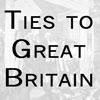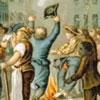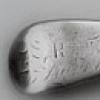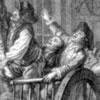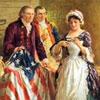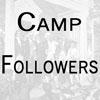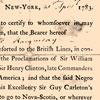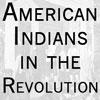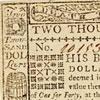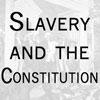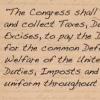Colonists began to separate themselves from the British by rejecting British imports and luxury goods in favor of colonial-made items, although these were often less finely crafted than their British counterparts. Many colonists who participated in the boycotts increasingly portrayed the British as opulent and spoiled in comparison to the hard-working and thrifty colonials. While some colonists engaged in the boycott for ideological and political reasons, others appreciated it as an economic opportunity. Colonial craftsmen had the opportunity to sell their products without British competition, and wealthy planters of Virginia were able to lessen the substantial debts they had accumulated through purchase of British luxury goods.
Enforcement of the boycott often fell on customs inspectors. As tensions rose, some colonists returned to public protest such as the tarring and feathering of customs officials. This picture depicts the tarring and feathering of John Malcom shortly after the Boston Tea Party. Tarring and feathering involved covering a person in hot tar and then feathers. The practice became popular among colonial protesters after a merchant was tarred and feathered in Norfolk, Virginia, in 1766; it grew more theatrical, and violent, in the years leading up to the Revolution.
The non-importation fervor largely faded after the repeal of the Townshend duties in 1770, although the tax on tea remained. Protest did not erupt again until 1774, following the passage of the Coercive Acts (also known as the Intolerable Acts). These acts included the quartering of troops, the revocation of the Massachusetts colonial charter, and closure of the port of Boston. Although they affected Massachusetts most directly, opponents of the acts successfully garnered support from the other 13 British colonies in North America, and most importantly from Virginia, to oppose the acts and begin a new non-importation agreement.
Source: François Godefroy, “John Malcom,” still image, 1784, Library of Congress, Prints and Photographs Division, accessed September 20, 2011.



